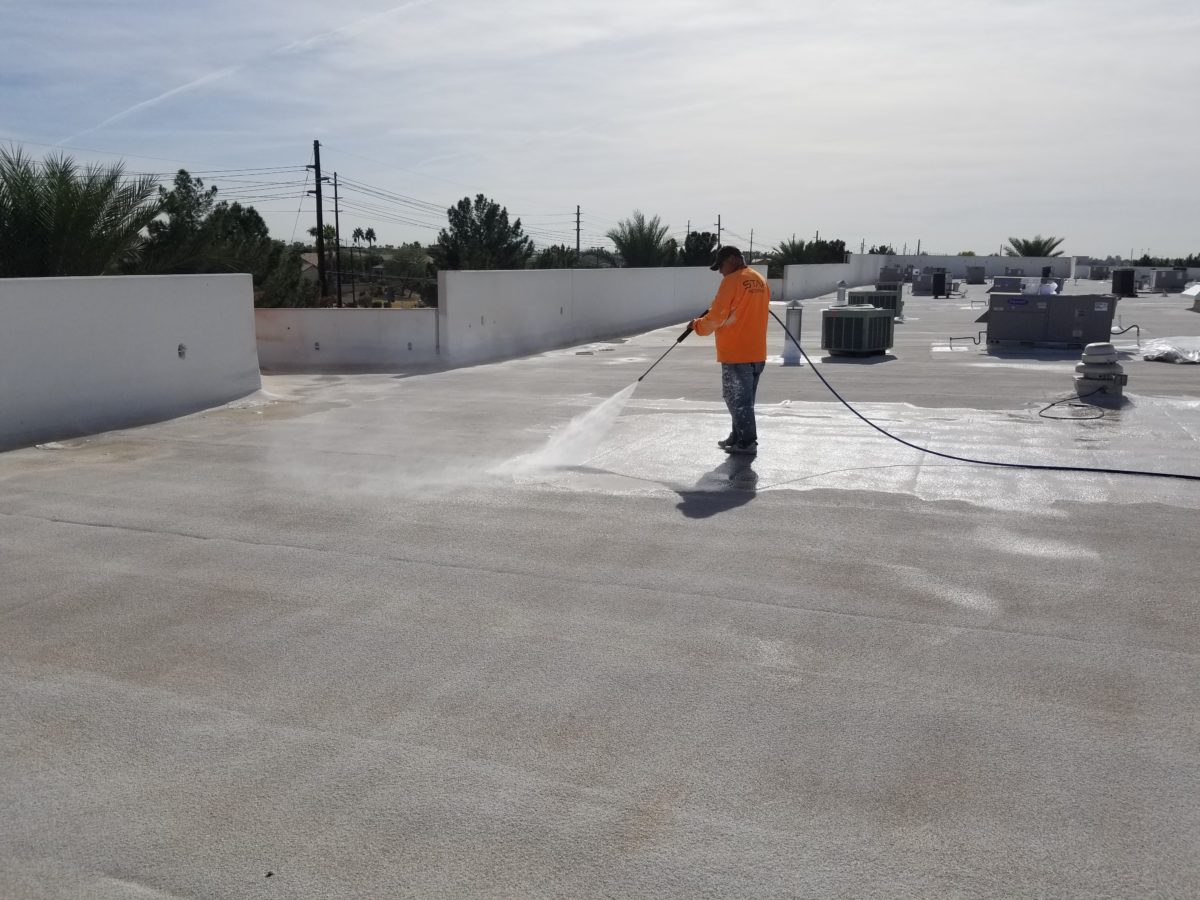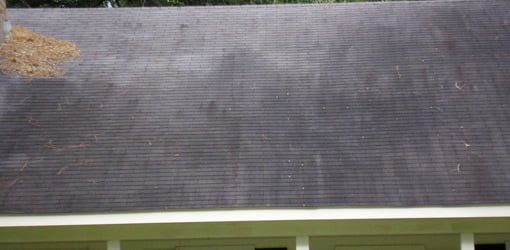Sorry but, with all elastomeric finishings, it boils down to scraping. Good ol RVs require good ol elbow grease. Utilize a chemical paint stripper for around roofing system components and areas you can't get it all off. You could utilize it over the entire roofing system however, the concern is ... would you wish to? The things is just nasty to deal with and really unhealthy to breathe and do not let it get in contact with your skin.
 How-to: Apply Cool Roof Coating
How-to: Apply Cool Roof Coating
Websites: https://www.dcroofingarizona.com/residential/roof-repair-tucson/quality-tucson-roof-repair/
If (like me) you are the type of person who applies caulk with the objective of getting professional-looking, smooth joints, then the application and look of lap sealant on a camper roofing will toss you for a loop. Lap sealant looks more like somebody was trying to put icing on a cupcake.
And if someone has recaulked a location, there are even more blobs on top of the older blobs. It appears counter-intuitive to the objective of avoiding water invasion because the application does not always motivate water to drain pipes away. Even an expertly applied application of lap sealant around an air vent looks more like a tiny retention pond after a rain.
If you require to recaulk on area on your camper's roofing, you initially need to clean all those filthy mounds and, per the maker, use more mounds of caulk on top of the old caulk instead of removing it. You are supposed to check your roofing at least when a year and use caulk as required.
The previous owner might not have actually cleaned the old caulk before plopping more mounds of brand-new caulk on top. We have actually removed old caulk that removed easily due to the dirt and grime below. We've discovered air pockets in between layers of caulk. We have actually even found caulk mounds that seeped out tiny water beads when pressed, most likely due to pinholes.
When you're prepared to inspect your roof, begin by offering the roofing and the caulk a great cleaning. Here's a link to our Do It Yourself roofing cleaner. After rinsing whatever off, pay attention to where water might be pooling; specifically around the caulk. Once it's dry, use chalk to draw a circle around any locations that have bad drainage.
Proper Surface Preparation Is Essential Before Applying Roof
Try to find signs of brittleness, cracks, pinholes, small cratering, or edges that quickly raise. Once again, utilize the chalk to draw circle those areas that need attention. Air pockets, cracks and crevices within numerous layers of old lap sealantI choose to remove old caulk rather than blob more on top.
To prevent tearing a rubber roof membrane or scratching an aluminum roof, vibrate the tool around the edge of the caulk up until it starts to lift. It's simplest to do this when outdoor temperature levels are above 80 degrees, otherwise you could utilize a hot air gun or blow clothes dryer to thoroughly heat the caulk.
The is to get the old caulk as flush to the rubber surface as possible. Have a small tub, denatured alcohol, and rags nearby to clean up as you go. Store the can and rags in the little tub. Prevent letting the denatured alcohol make contact with the rubber roofing for too long.
Have a tub handy for all the old sealantOnce many of the old caulk has actually been eliminated and the surface has actually been cleaned and dried, use painter's tape to specify the perimeter of the area to be caulked. All the old sealant has been removedSelf-leveling lap sealant really doesn't level itself out to a nice finish.
Being specific about how caulk looks, which it promotes appropriate drainage, I use a modified application procedure. It's good to understand in advance how the caulk will act. A tube of caulk that is more than one years of age can be more difficult to feed utilizing a caulk gun and might not self-level as efficiently as a recently produced tube of caulk.
Less than 6 months is great. If there's no date, simply prevent televisions that have dust on them or used bottom edges. Utilize a piece of cardboard and lay a small things like a screw or bolt in the middle of the cardboard to check out your caulk. Apply a 3/8 inch bead of sealant in a straight line down the length of the cardboard, making certain to also cover the screw or bolt.
How To Choose The Best Elastomeric Roof Coating
The sealant should begin skinning over in 5 minutes. Older tubes of sealant may not self-level as nicely or they may skin over far more rapidly. Repeat this test for each tube of sealant as you are prepared to utilize it. As soon as you understand the how your tube of sealant will carry out after application and how rapidly it will establish a skim coat, you can start using beads of sealant.
 Tips For A Better Roof
Tips For A Better Roof
Keep the sealant beads approximately 1/2 inch far from the painter's tape (or whatever distance your tube test spread showed). Within 5 minutes of application, dip your fingers or a plastic putty knife into the water/Dawn mixture, then "help" direct the sealant leveling by using light pressure to push the bead flow into the desired slope or shape.
Utilize the very same method to produce a feathered edge toward the painter's tape. As quickly as the sealant establishes a skin coat, get rid of the painter's tape. Lap Sealant Cure Time5 Minutes Skins over4 Hours Waterproof48 Hours 80% Cure30 Days 100% CureAnother alternative is to avoid utilizing lap sealant completely and use roofing system sealant tape rather.
The price of the tape is equivalent to utilizing lap sealant (and possibly a little less costly). We used Beech Lane tape, which we chose up at Amazon for under $35 (here's the link if interested). Rubber Sealant Applied To Camper Roof CleanedAnd here's a picture after using a fresh coat of rubber roofing system finish.